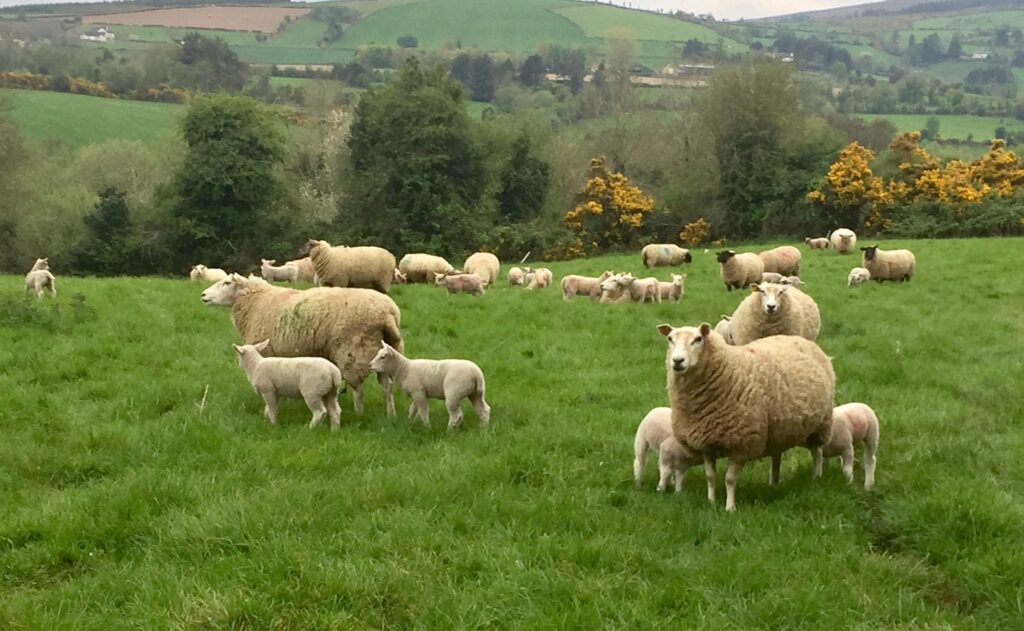As winter draws nearer, the next significant event on most sheep farms will be scanning the flock. While this may have started on some farms already, the majority of farmers – operating early lambing flocks – will begin scanning in the coming weeks.
This may be a distant thought for those lambing from March onwards, but early lambing flocks should be preparing to scan ewes soon.
In addition, under the recent introduction of the sheep welfare scheme, scanning ewes is a requirement for those farmers who chose the option: management of pregnant ewes.
For best results, scanning ewes should take place between 60 and 90 days in lamb. Scanning ewes that are greater than 90 days in lamb will make it more difficult for the scanner to identify how many lambs the ewe is carrying.
On the other hand, scanning ewes less than 40 days in lamb (40 days since the ram was removed from the flock) should be avoided, as pregnant ewes may be undetectable by the scanner and – therefore – may be considered empty.
Why is it important to scan?
Identifying empty ewes will allow for them to be culled – sooner rather than later – keeping valuable feed supplies for pregnant ewes.
Knowing how many lambs each ewe is carrying is the real benefit. This will allow you to make important management decisions on ewe nutrition.
Ewe nutrition in late pregnancy underpins her milking performance and the growth rates of her lamb(s) post lambing. Ewes can also be batched according to litter size for ease of management and feeding.
Scanning can also be financially beneficial as, during late-pregnancy on most sheep farms, expensive concentrates are fed to ewes. Typically, concentrates are fed as a supplement to grass silage and in some cases grass.
If the quality of the grass silage – or grass – is very good then, feeding a single bearing ewe the same amount of concentrates as a twin bearing ewe is economically unjustifiable given the return.
Furthermore – by knowing the litter size of each ewe – problems at lambing time associated with under or overfeeding can be avoided and lambing losses incurred may be minimised.
Estimating lambing dates
Estimating when your ewes will lamb is also important for planning tasks in the run-up to lambing season.
This can be judged by regularly raddling your rams. In addition, alternating the raddle colour will allow for ewes to be batched accordingly.
Also Read: A simple way to identify an underperforming ramThe scanner will also be able to give conformation on these estimated lambing dates.


